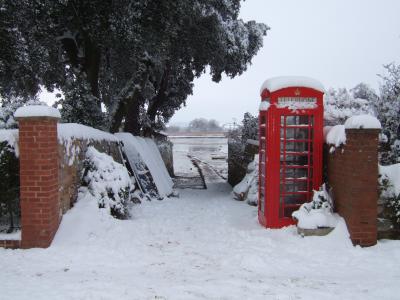Tavistock Museum Exhibitions 2017 - Tavistock Museum
By: Rod Martin, Museum Secretary
Added: 20 March 2017
The Tavistock Museum re-opens on Saturday 25th March 2017 and will be open 11.00 am to 3.00 pm daily until the 31st October. Our exhibitions this year are:
The Bicentenary of the Tavistock Canalwhich was formally opened on Tuesday 24th June 1817, fourteen years after construction work had begun. On that memorable day about three hundred or so invited guests embarked in nine wrought iron boats at the canal wharf in Tavistock, and were waved off by cheering crowds. It was all very jolly as they glided through shady woodlands towards Crowndale Farm and then across the Lumburn Aquaduct, but when they reached the entrance to the canal tunnel under Morwell Down even the stoutest hearts must have been apprehensive.
Into the dark unknown of the canal tunnel they went with only the light of the lanterns to guide them. This part of their journey was not for the faint hearted for they were to spent the next two hours in the drabness and coldness of the jagged canal tunnel while the boats were slowly poled through. Fortunately spirits were kept alive by a band playing and various solo entertainments. Once out of the tunnel into the light the much relieved passengers were able to walk down into Morwellham Quay to claim some well-deserved refreshments. It is not recorded if there were any volunteers wanting to take the return canal trip back to Tavistock.
The exhibition concentrates on the exciting archaeological researches by Robert Waterhouse for a new publication on the canal, and will also show some remarkable photographs of the inside of the canal tunnel taken by photographer, James Bird. The photographs presented on nine large boards are a revelation. Any ideas that the canal boats could be leisurely walked through the tunnel by boatman lying on their backs are completely dispelled when you see the jagged profile of the rock faces. The boatman poled the boats against the tunnel wall using long, iron-shod poles with a double spike on one end. This would have involved a huge physical effort.
The WW2 Liberator Crash on Plaster Downwhich has been arranged by Robert Jones. On 30th October 1942 Consolidated Liberator, serial number FK242, was operating with 224 Squadron, RAF Coastal Command and had the call sign K 'King'. Fitted with radically new radar, it had taken off from RAF Beaulieu in Hampshire to escort ships crossing the Bay of Biscay as part of Operation Torch, the Allied invasion of North Africa. After ten hours on patrol the Liberator was returning to Beaulieu when it hit a barrage balloon cable as it passed over Plymouth. The aircraft was badly damaged and the crew tried to make an emergency landing at RAF Harrowbeer, Yelverton. It was dark and with no runway lights to guide it, the Liberator crashed at Fullamoor Farm by Plaster Down. Six of the crew died and another was seriously injured. In early April a new plaque to commemorate the lives of the airman will be unveiled in the car park at Plaster Down.
This year the museum has a new attraction: some reproduction stocks which visitors will be challenged to try. Stocks were wooden or metal devices with foot holes used as punishment from medieval times until the mid-nineteenth century. The convicted individual was seated and had their feet and ankles locked into the device so that their legs were held straight out. Most communities had their set of stocks which were usually kept at a prominent location such as a town centre, village green, outside the gateway into the parish church or near the entrance to the police station. Generally stocks were used in cases of punishment for minor offences such as drunkenness and rowdy behaviour. The objective being to humiliate the offender so as to discourage them from re-offending. For good measure they could get rotten food and other objects thrown at them. Stocks varied in size being for one, two, three or occasionally four miscreants.
The Tavistock stocks were for three miscreants. They are believed to have once stood near the north archway at the parish church but later relocated to outside the police station. Thomas Vanstone recalled their use in the 1840s for a number of local delinquents convicted of drinking offences. Several hours in the stocks served as a substitute for the drunkard's fine and costs. In 1986 the stocks were removed from the cells at the police station to the Tavistock Museum. Unfortunately they are now not in very good condition.
Roderick Martin, Museum Secretary, said 'Our thanks to our volunteers and contributors for the excellent new exhibitions again this year. The photographs inside the canal tunnel are amazing and we are most grateful to James Bird who has made them available to show in our exhibition.'
Latest news
-
The Box selects artist Paul Rooney for IWM 14 18 NOW Legacy Fund commission
The Box, Plymouth
-

Dingles Fairground Museum: Final Season
Dingles Fairground Museum
-
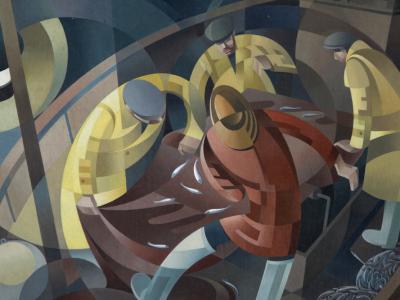
'Planet Ocean' exhibition dives deep into our connection with the sea
The Box, Plymouth
-

Winter Lecture: Exploring the Indigo Trail
Topsham Museum
-
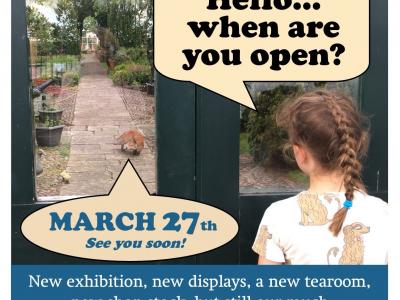
Opening Day March 27th
Topsham Museum
-
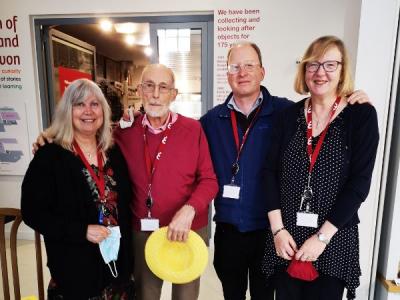
Volunteer at the Museum of Barnstaple and North Devon
The Museum of Barnstaple and North Devon
-

Documentary Open 2024 Voting Open
The Museum of Barnstaple and North Devon
-
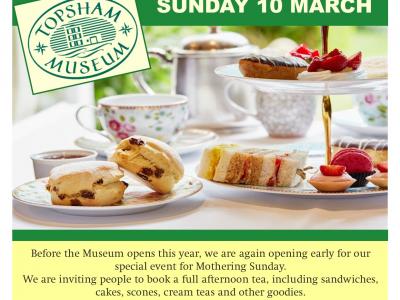
A Special Mother's Day Tea
Topsham Museum
-
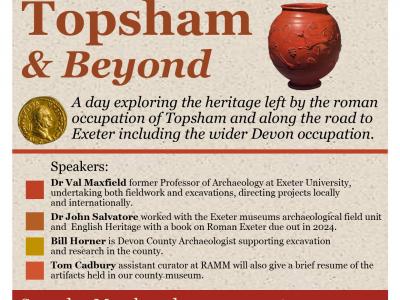
The Romans in Topsham and Beyond Day Symposium
Topsham Museum
-

Christmas Market
Topsham Museum
-
Christmas Events 2023
Topsham Museum
-
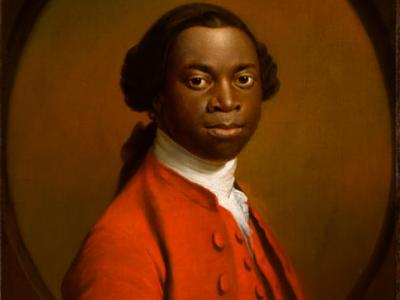
RAMM launches educational resources on the Transatlantic Slave Trade in Devon for teachers and educators
Royal Albert Memorial Museum and Art Gallery
-
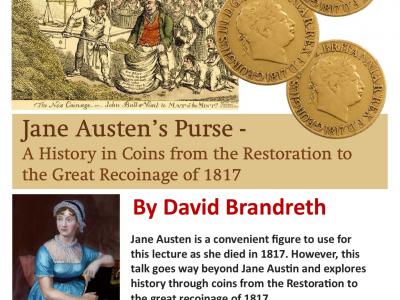
September Lunchtime Lecture, Tuesday 19th September
Topsham Museum
-

Town Fayre Coffee Morning
Topsham Museum
-

Games of Yesteryear an event for children
Topsham Museum




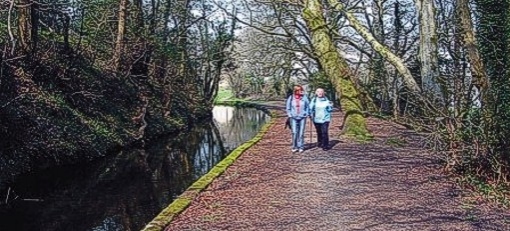
andmembersofTheBox'sveteransgroup.JPG&w=400&h=300&zc=1)
